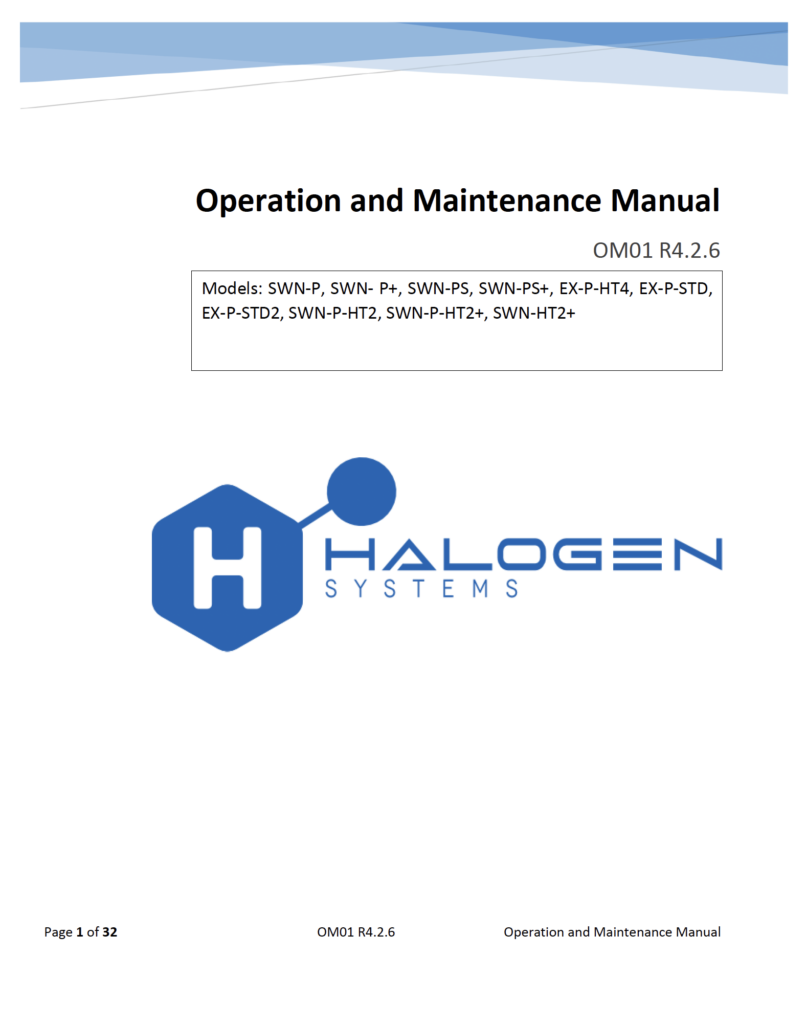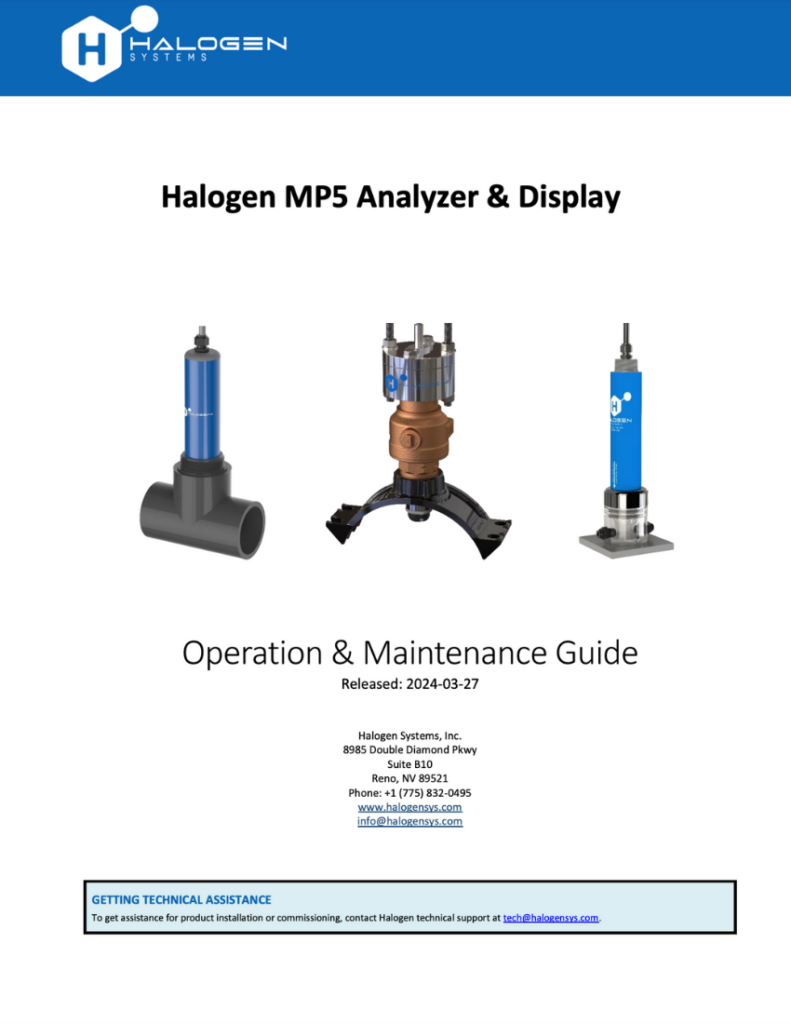- Info CenterHalogen SensiCLĒNE™ The MP5™ was created with stable calibrations and low maintenance as priority requirements. To that end,...Real Talk about "Continuous Monitoring" Chlorine Analyzer claims Some manufacturers of online chlorine analyzers are making bold claims...
- Industries & ApplicationsMaritime & Aviation
Potable Water
Airport & AirPLane Monitoring
Inflow Source Monitoring
Tanker Monitoring
INDUSTRIALCommercial Buildings
Industrial Processing
Applications - ProductsHalogen SensiCLĒNE™ The MP5™ was created with stable calibrations and...Real Talk about "Continuous Monitoring" Chlorine Analyzer claims Some manufacturers...
- Contact
Halogen Systems Info Center
News, Blog Posts & Events
Corporate History & Information
Sales Representatives
Contact Us
Halogen has been approved by multiple agencies for different applications. Please select the application type below for a list of approvals for that application.
Ballast Water Approvals and Certifications
Drinking Water, Graywater and Wastewater Certifications
How Long Will the Halogen Systems Inc. Amperometric Chlorine Sensor Last?
Our amperometric chlorine sensor should last the life of the system…(more)
What are the scheduled maintenance requirements for the Chlorine Sensor?
We recommend a calibration check every 60 days and a pH calibration check every year…(more)
Why does the chlorine sensor measure pH?
While the pH of seawater does not change much, in brackish or freshwater, the pH can change drastically from 6.5 to 9.0…(more)
For Total Residual Oxidant (TRO) measurement, options are Oxidation Reduction Potential (ORP) sensors and amperometric sensors…(more)
Halogen Systems included an ORP rapid response measurement in its multi parameter sensor as an indicator for contamination…(more)
Halogen Systems, Inc. manufactures Water Treatment sensors for Seawater, drinking water, swimming pools, and cooling towers…(more)
HSI’s TRO sensor has several unique advantages whether deployed in seawater electro-chlorination systems, drinking water plants, or wastewater treatment facilities. The benefits of the Halogen Systems technology overcome many of the drawbacks of existing membrane amperometric and reagent feed systems commonly used. See more information about the benefits of Halogen Systems’ tech.


